
In today’s digital age, where mobility and productivity are indicators in hand, a laptop’s battery life is critical to user knowledge. The Best Windows laptop battery life dictates how long you can work, stream, or play before recharging. It directly impacts productivity during business meetings, lectures, or traveling, where the approach to power exit may be limited.
Battery life is essential beyond mere convenience. It affects the general usability and efficiency of the machine, influencing user dignity and brand loyalty. An additional extended battery life facilitates uninterrupted workflow, enhances adjustability, and facilitates systematic charging cycles.
Moreover, technological improvements have made battery life a key differentiator among laptop labels. Manufacturers heavily support research and development to improve battery efficiency, using inventions in battery chemistry, power management, and hardware optimization. Understanding these advancements helps buyers select a Windows laptop that satisfies their usage requirements and lifestyle.
In substance, the battery life of a Windows laptop is not appropriate a specification but a paramount factor that defines its applicable utility and user knowledge in today’s dynamic computing environment.
Factors Affecting Battery Life
Many factors affect the longevity of a laptop battery, individually playing a critical part in determining how long a machine can perform on a single charge. These factors include hardware and software, user manners, and environmental requirements.
Hardware Efficiency and Battery Capacity: The efficiency of a laptop’s hardware features, such as the processor, graphics card, and display, directly impacts battery consumption. Energy-efficient processors and low-power components can significantly extend battery life. Additionally, the physical capacity of the battery itself, measured in watt-hours (Wh), dictates the total amount of energy it can store and later deliver to the laptop.
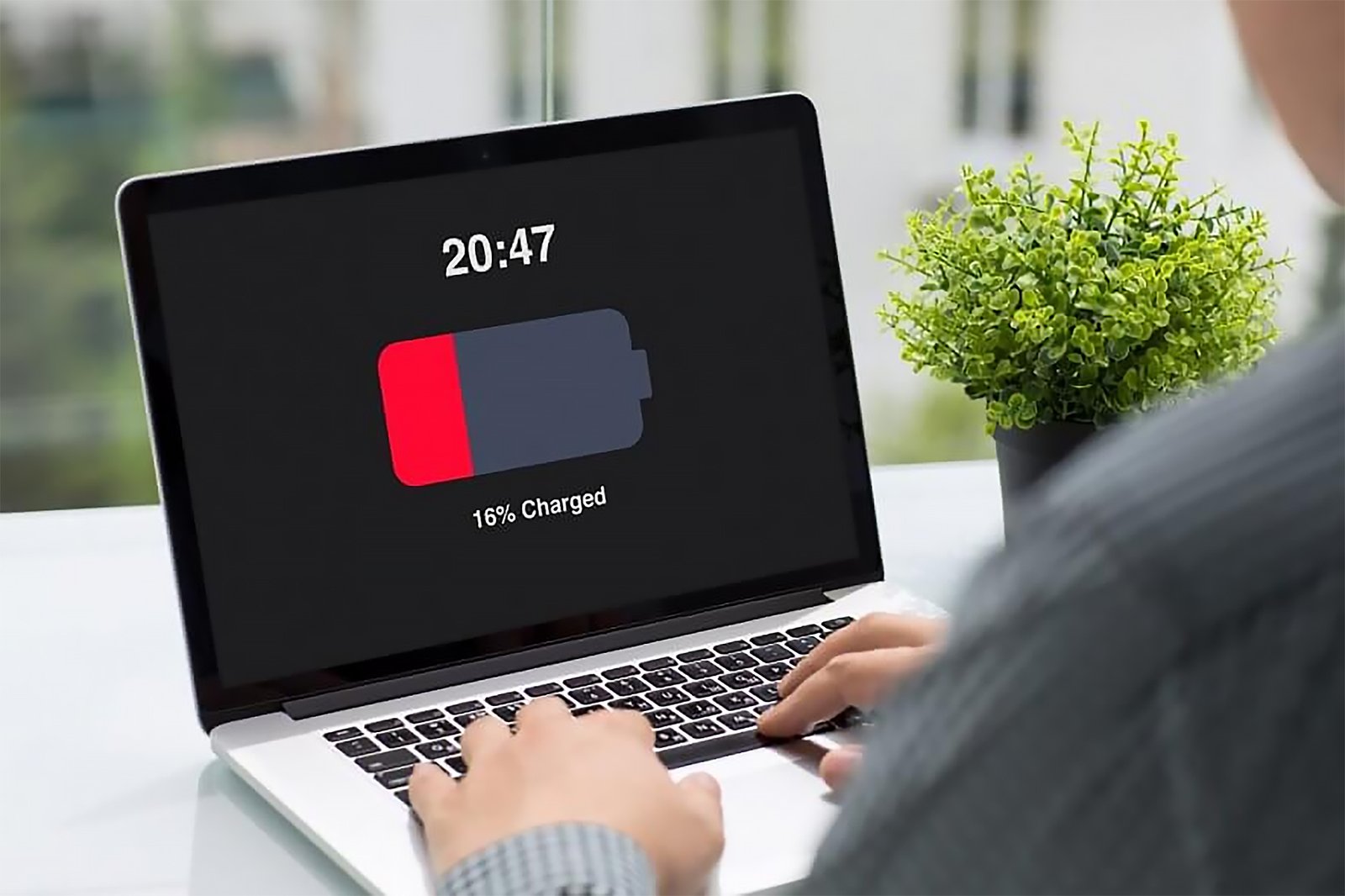
Operating System Optimization: The software side of battery life management is equally crucial. Operating systems like Windows continually optimize power consumption through features such as power profiles, background processes management, and adaptive brightness control. Efficient power management algorithms ensure that resources are pre-owned judiciously, minimizing unnecessary drain on the battery.
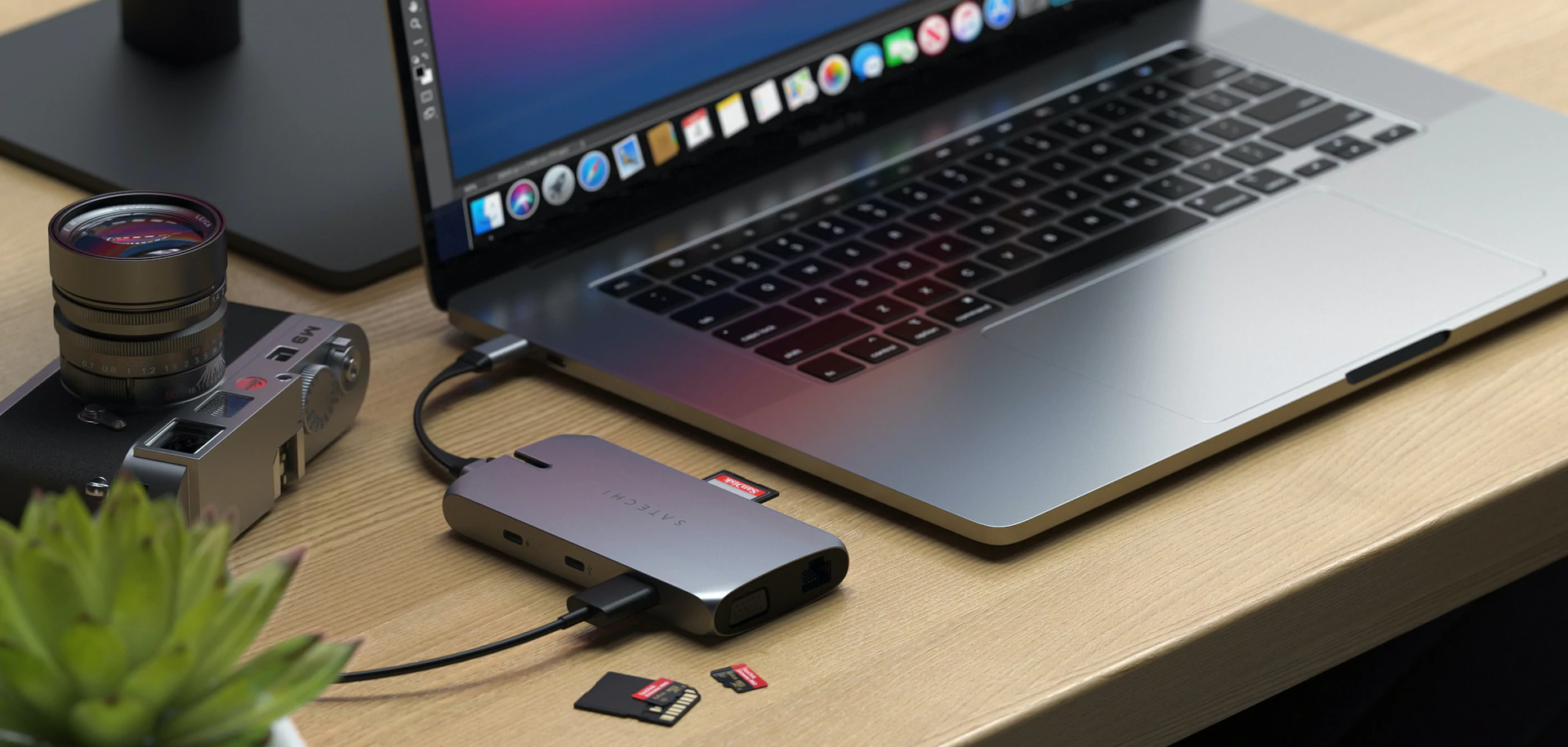
Understanding these factors permits users to make informed decisions when choosing a laptop, emphasizing the need to balance performance requirements with battery efficiency. Manufacturers strive to strike this balance through innovations in hardware design and software optimization, aiming to provide laptops that meet the diverse needs of modern users while maximizing battery longevity.
How to Select a Laptop with Long Battery Life
Portability and vitality are demanded in a fast-paced globe, so maintaining a laptop with a comprehensive battery life is essential. Whether you’re a student following classes all day, a professional traveling for business, or a gamer requiring portability, the ability to work or recreate without constantly searching for a management outlet can make a considerable difference in your daily routine. Here’s a complete guide to help you select a laptop that suggests extended battery arrangement without compromising on other essential features:
Researching Battery Specifications
When aiming for a laptop with long battery life, start by delving into its battery specifications:
Battery Type and Capacity
Lithium-ion barrages are traditional for modern laptops due to their power density and dependability. Examine laptops with increased battery capacities, measured in watt-hours (Wh), as they commonly provide extended usage periods on a single charge.
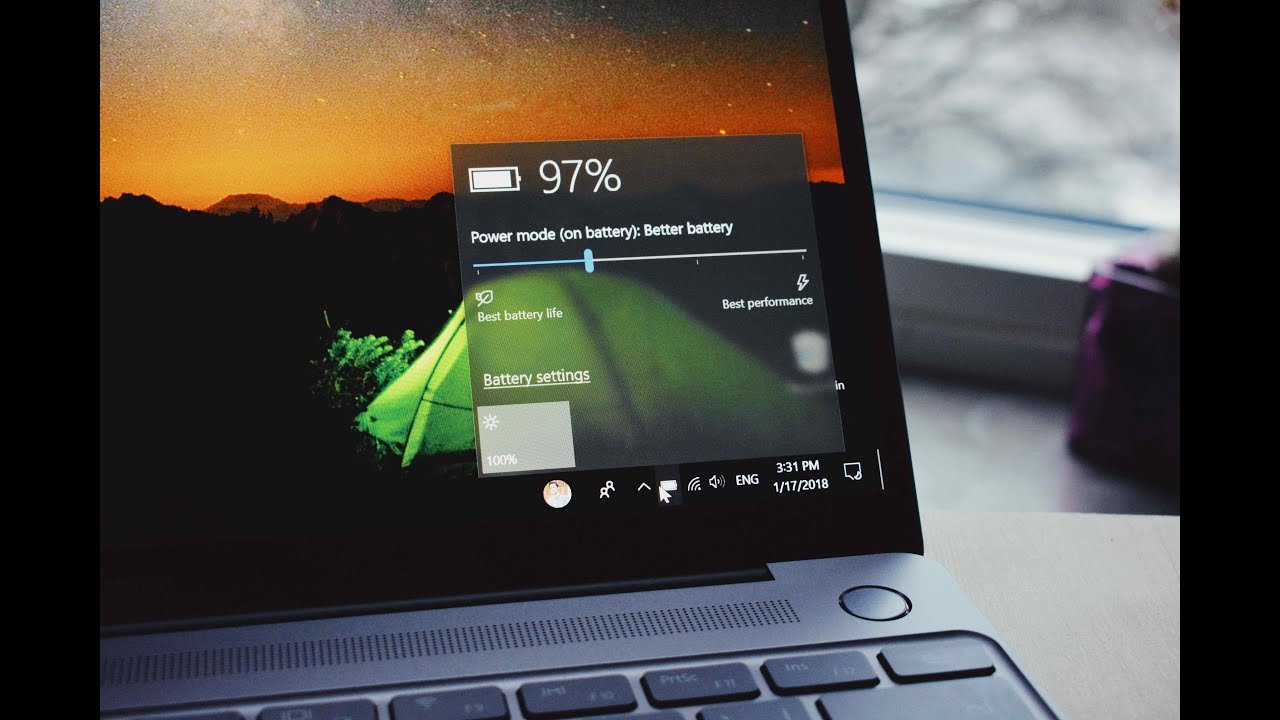
Energy-efficient Components
The processor (CPU), graphics card (GPU), and collection type. Energy-efficient CPUs, such as Intel’s U-series or AMD’s Ryzen portable processors, consume less power while delivering sufficient performance. Opt for integrated graphics or lower-power discrete GPUs for better battery efficiency. Also, select laptops with LED-backlit displays, as they consume less power than standard LCD screens.

Considering Usage Scenarios
Your usage patterns significantly influence the ideal laptop battery life:
Work and Productivity
For professionals needing a laptop, prioritize models known for longevity during office tasks like word processing, emailing, and web browsing. Laptops with a battery life exceeding 8 hours are generally suitable for such scenarios.
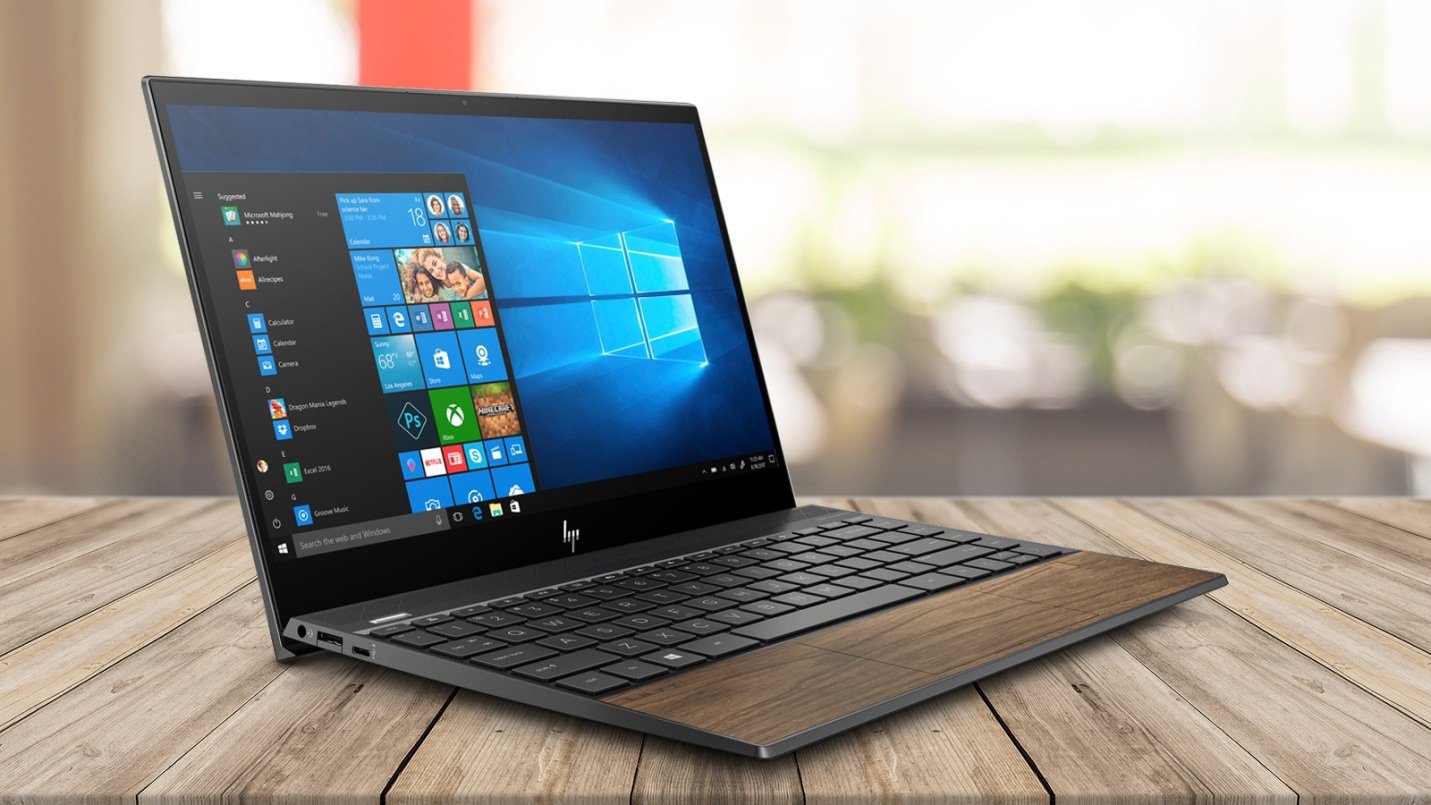
Multimedia and Entertainment
If you enjoy streaming videos, playing music, or watching movies on your laptop, consider models optimized for multimedia consumption. Look for laptops with optimized display settings and efficient codecs that enhance battery life without compromising visual or audio quality.
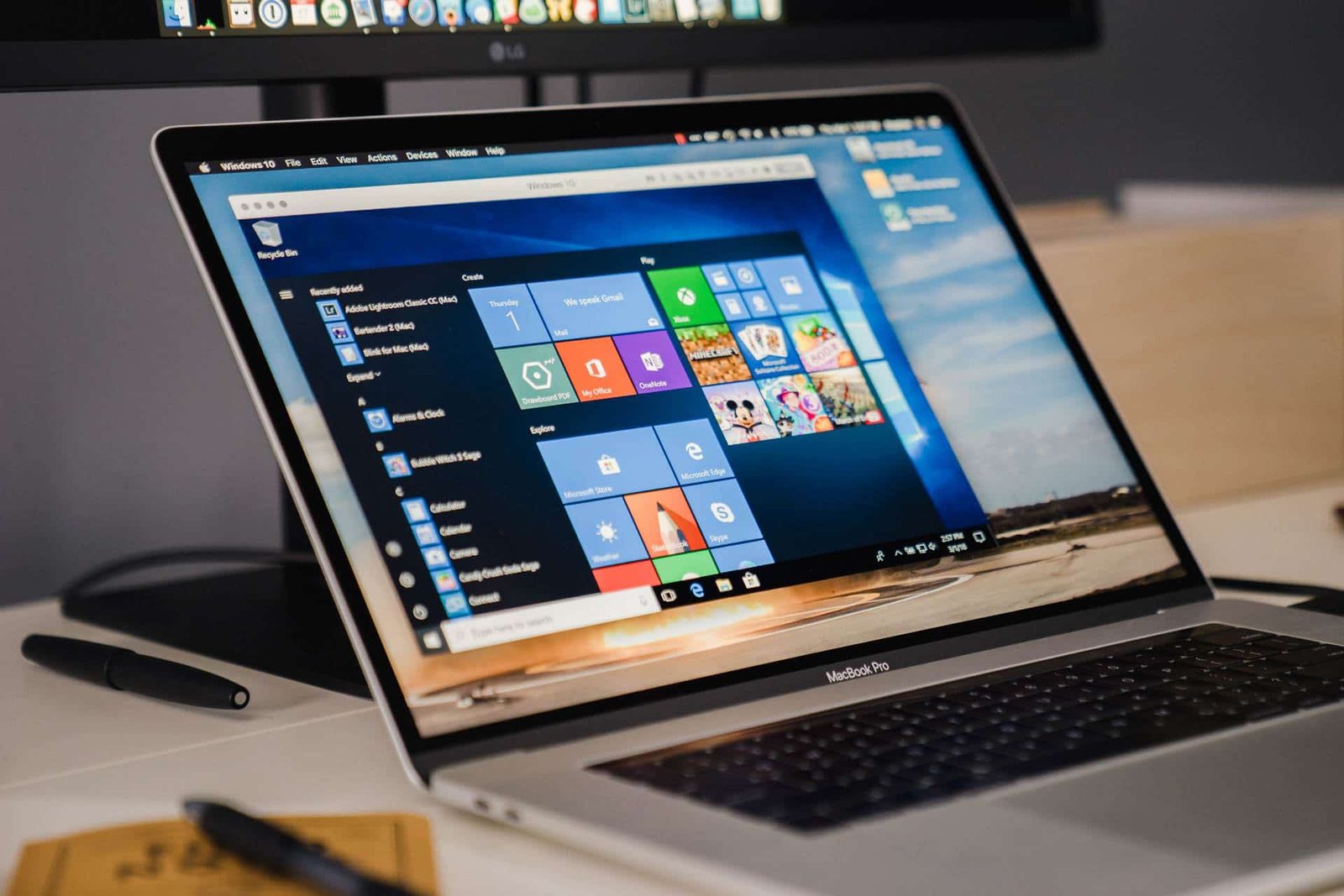
Portability and Design
The physical design of a laptop can affect its battery life:
Lightweight and Slim Designs
Laptops with thinner profiles often have smaller batteries, but due to efficient power management and optimized hardware, they can still provide long battery life. Consider ultrabooks or slim models from reputable brands known for their battery efficiency.
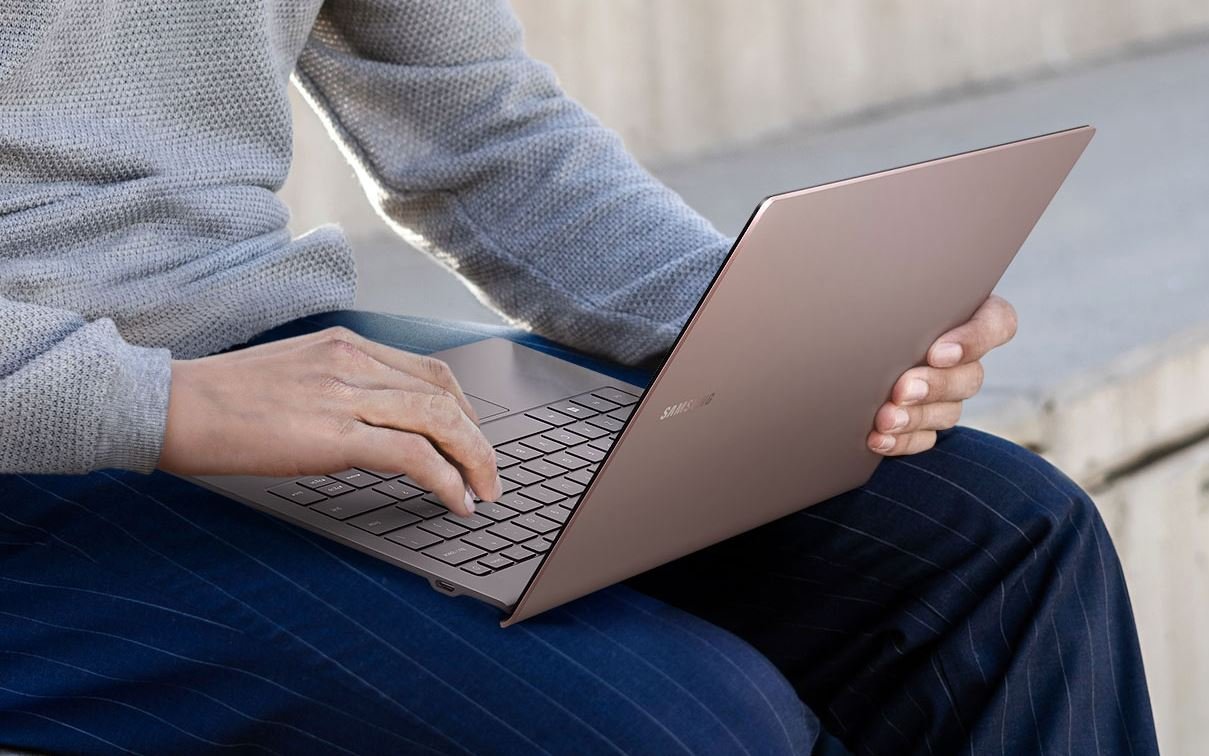
Reviews and User Feedback
Before making a final decision, read reviews and user feedback:
User Experience and Reviews
Real-world usage reviews provide valuable insights into battery performance under various conditions. Look for laptops with favorable battery life feedback from trusted sources and platforms.

Tips to Extend Battery Life on Windows Laptops
Ensuring your Windows laptop maintains optimal battery life concerns assuming innovative approaches and leveraging built-in components to maximize efficiency. Here are several practical tips to extend the battery life of your Windows laptop:
Adjusting Power Settings
Customizing power settings is crucial in managing battery usage:
Balanced vs High-Performance Mode: In Windows settings, switch to Balanced or Power Saver mode to prioritize energy conservation over performance. These modes adjust processor speed, screen brightness, and other factors to reduce power consumption.
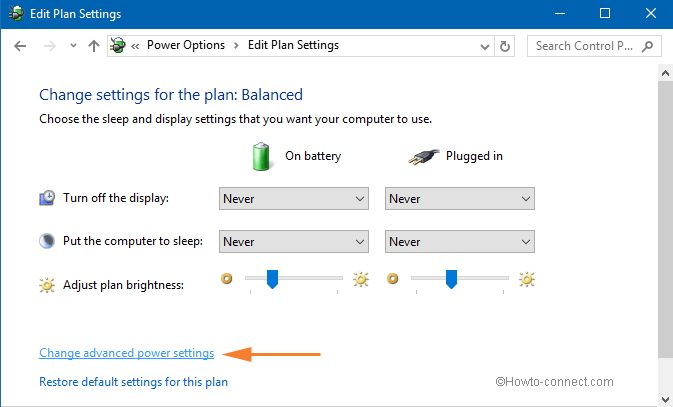
Managing Background Processes
Minimize unnecessary background apps and processes:
Task Manager: Utilize the Task Manager to identify and complete apps consuming significant resources. It reduces CPU usage and prevents unnecessary battery drain.
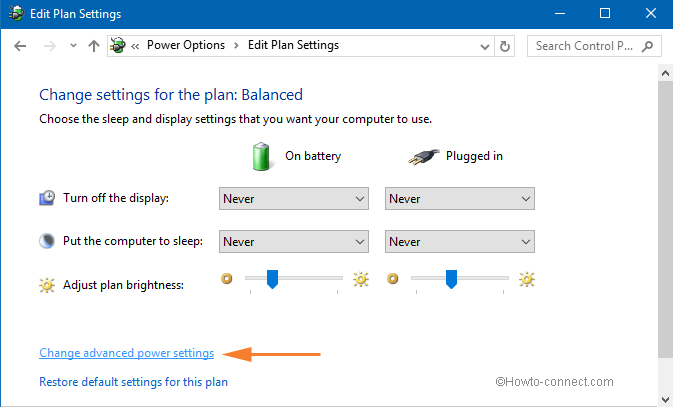
Optimizing Screen Brightness and Settings
Adjust display settings to conserve battery:
Adaptive Brightness: Encourage adaptive brightness in Windows settings to automatically adjust screen brightness established on ambient lighting requirements. Lower screen brightness manually when indoors to save even more power.
Utilizing Battery Saver Mode
Activate Battery Saver mode for prolonged usage:
Battery Saver Settings: Windows suggests a Battery Saver manner that preserves power by specifying background activities and notifications. Customize Battery Saver settings to optimize arrangement and battery longevity.
Updating Software and Drivers
Preserve your laptop’s software and drivers up to date:
Windows Updates: Install Windows updates regularly to access the latest power management features and bug fixes that enhance battery efficiency.
Managing Wireless Connectivity
Turn off unnecessary wireless features when not in use:
Wi-Fi and Bluetooth: Disable Wi-Fi and Bluetooth when not energetically using them to contain continuous management consumption in the background.
Using Power Plans and Profiles
Utilize predefined or custom power plans:
Creating Custom Power Plans: In the Windows Control Panel, create custom power plans tailored to your usage patterns. Adjust settings for sleep mode, screen timeout, and other parameters to optimize battery performance.
Avoiding Extreme Temperatures
Protect your laptop from extreme temperatures:
Temperature Control: Sidestep exposes your laptop to elevated temperatures, as heat can degrade battery life. Use a cooling pad or guarantee adequate ventilation during intensive assignments.
Proper Battery Maintenance
Take care of your laptop’s battery for long-term performance:
Calibration and Storage: Periodically calibrate your battery by completely charging and releasing it. Store your laptop in an excellent, dry spot to maintain battery health when not in use.
Pros:
Comprehensive Coverage: The guide thoroughly explores different elements of selecting a laptop with a long battery life, including hardware specifications, use strategies, and optimization strategies.
Structured Format: It follows a well-organized structure with apparent headings and subheadings, making it easy for readers to guide and find appropriate knowledge.
Practical Tips: Offers practical tips and recommendations that are actionable, such as adjusting power settings, managing background processes, and optimizing screen brightness.
Informed Recommendations: This section provides informed recommendations based on factors like battery capacity, energy-efficient components, and user reviews, helping readers make informed decisions.
Explicit Language: Written in clear and understandable language, making complex topics accessible to readers of varying technical knowledge.
Cons:
Lengthy Paragraphs: Some paragraphs could be broken down further to improve readability, especially for readers who prefer shorter, more concise areas.
Visual Elements: Lack of visual aids such as charts, diagrams, or comparisons could limit engagement and visual appeal.
Limited Brand Diversity: While it mentions general types of laptops, more specific examples or comparisons across a broader range of brands could provide deeper insights.
Limited Discussion on Future Trends: While briefly mentioned, more exploration into emerging technologies and future trends in battery life could enhance the article’s relevance over time.
Overarching Generalizations: While informative, some sections might benefit from more nuanced insights tailored to different user needs or specific laptop categories (e.g., gaming laptops vs. ultrabooks).
Overall, the article effectively delivers on its objective to educate readers on selecting a laptop with extended battery life, offering valuable insights and practical advice. Addressing the cons noted could further enhance reader engagement and comprehensiveness.
Conclusion
Choosing a laptop with a long battery life involves balancing various factors to suit individual preferences and usage scenarios by prioritizing energy-efficient features, optimizing authority settings, and considering your specific requirements; whether for profession, entertainment, or portability, you can maximize the utility of your laptop while underestimating the requirement for frequent recharging.
Remember to examine thoroughly, read user examinations, and utilize the tips in this guide to make an informed determination. With advancements in technology continuously improving battery efficiency, the future examines promising laptops that suggest both performance and comprehensive battery longevity. Whether a student, experienced, or casual user, supporting a computer with a dedicated battery can significantly improve your productivity and overall computing knowledge.
If you have any further questions or need assistance choosing the right laptop, feel free to reach out or explore more resources tailored to your needs.








